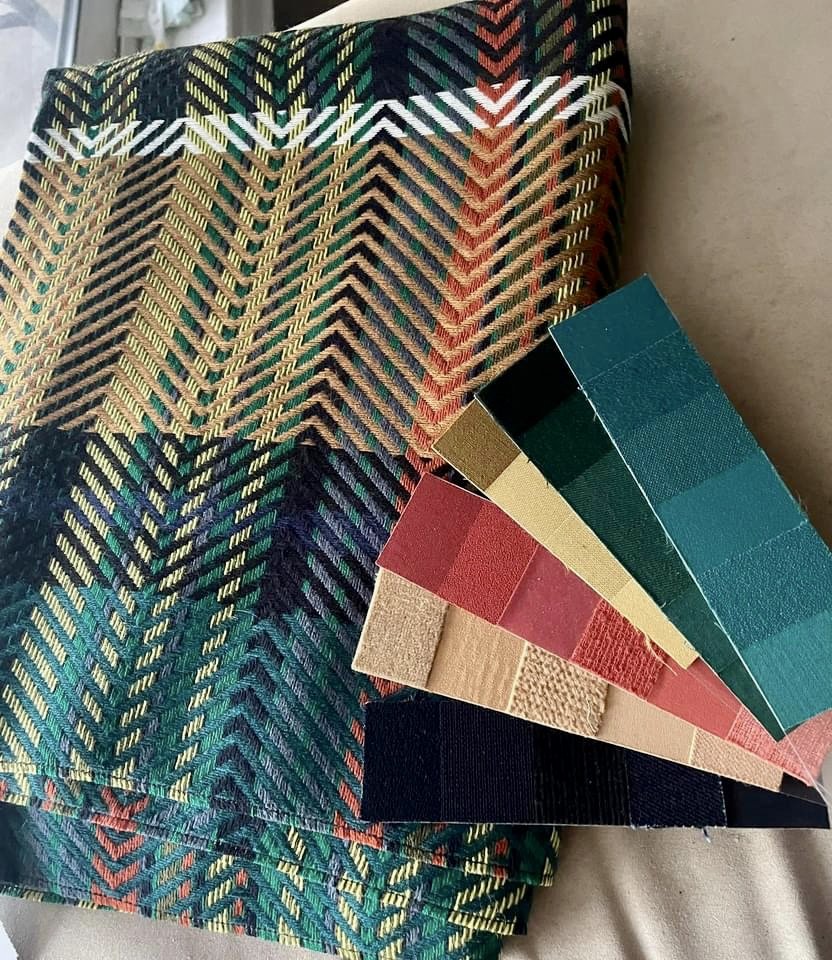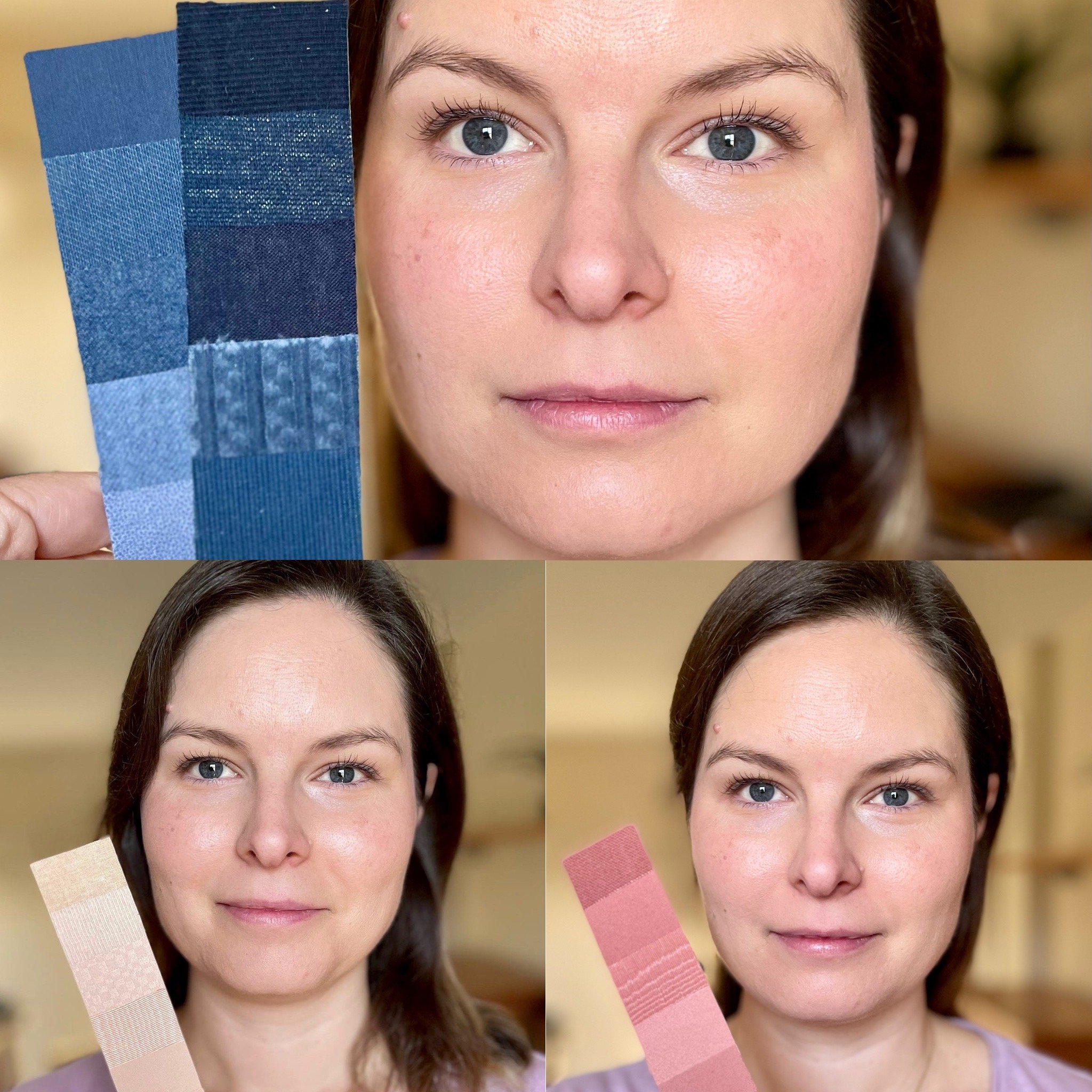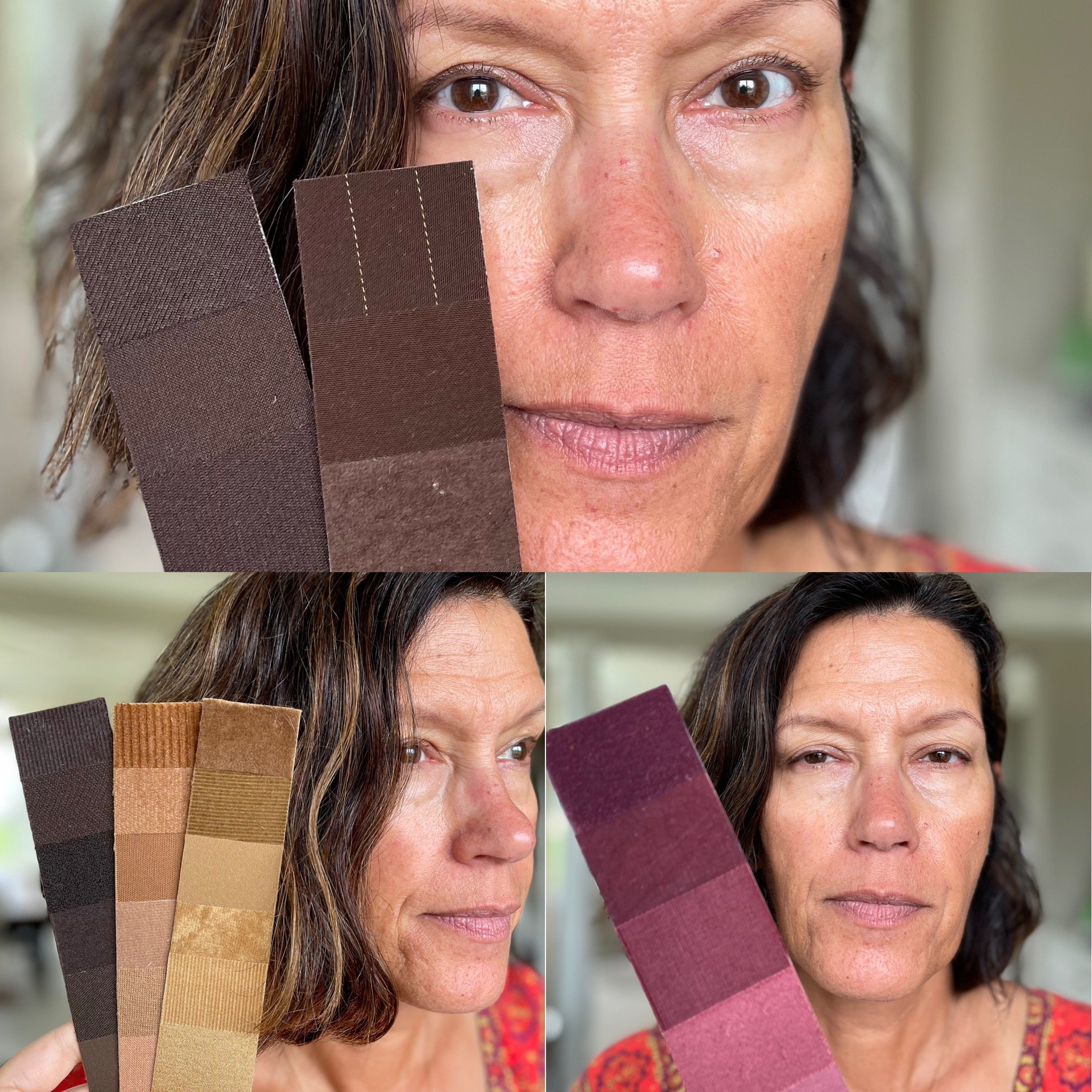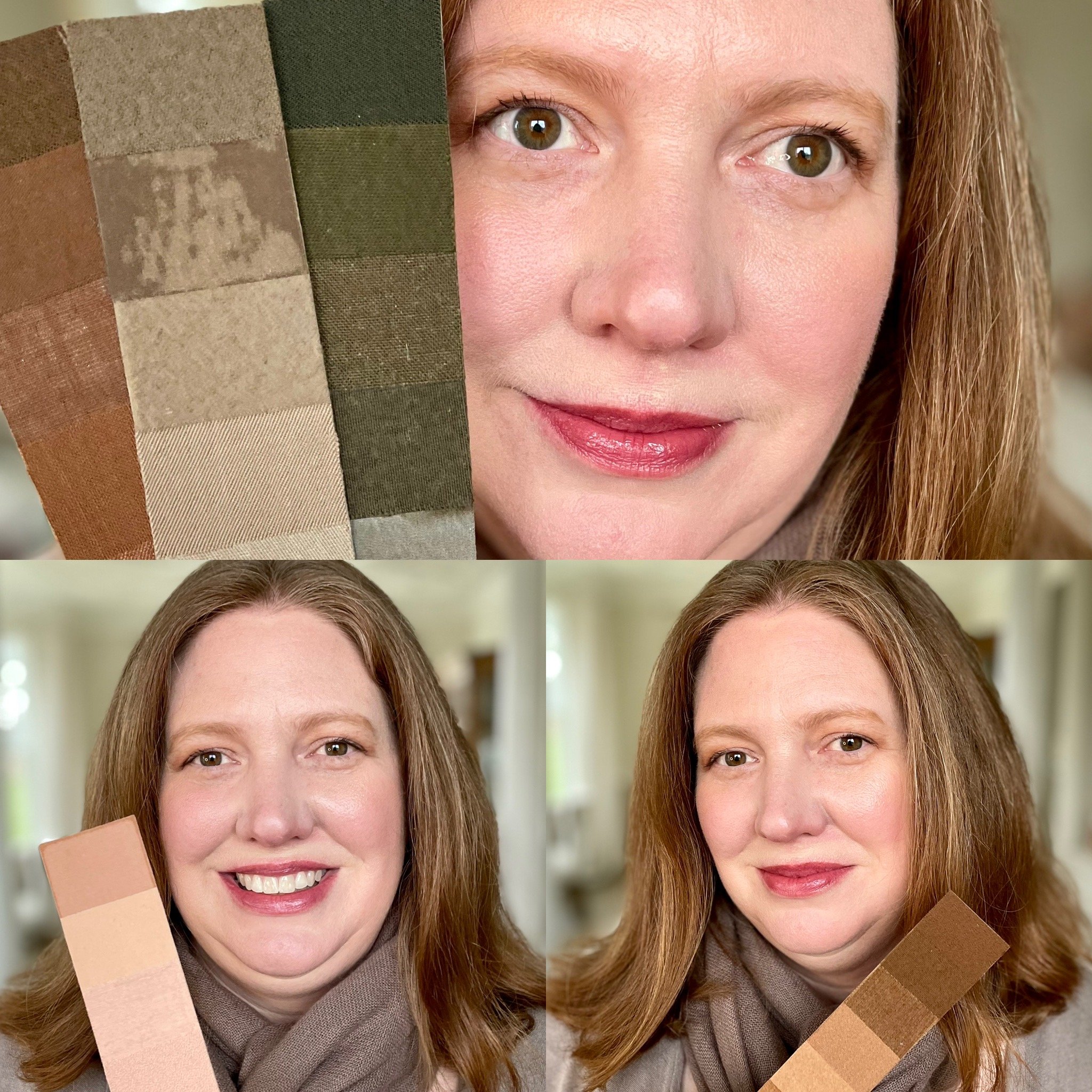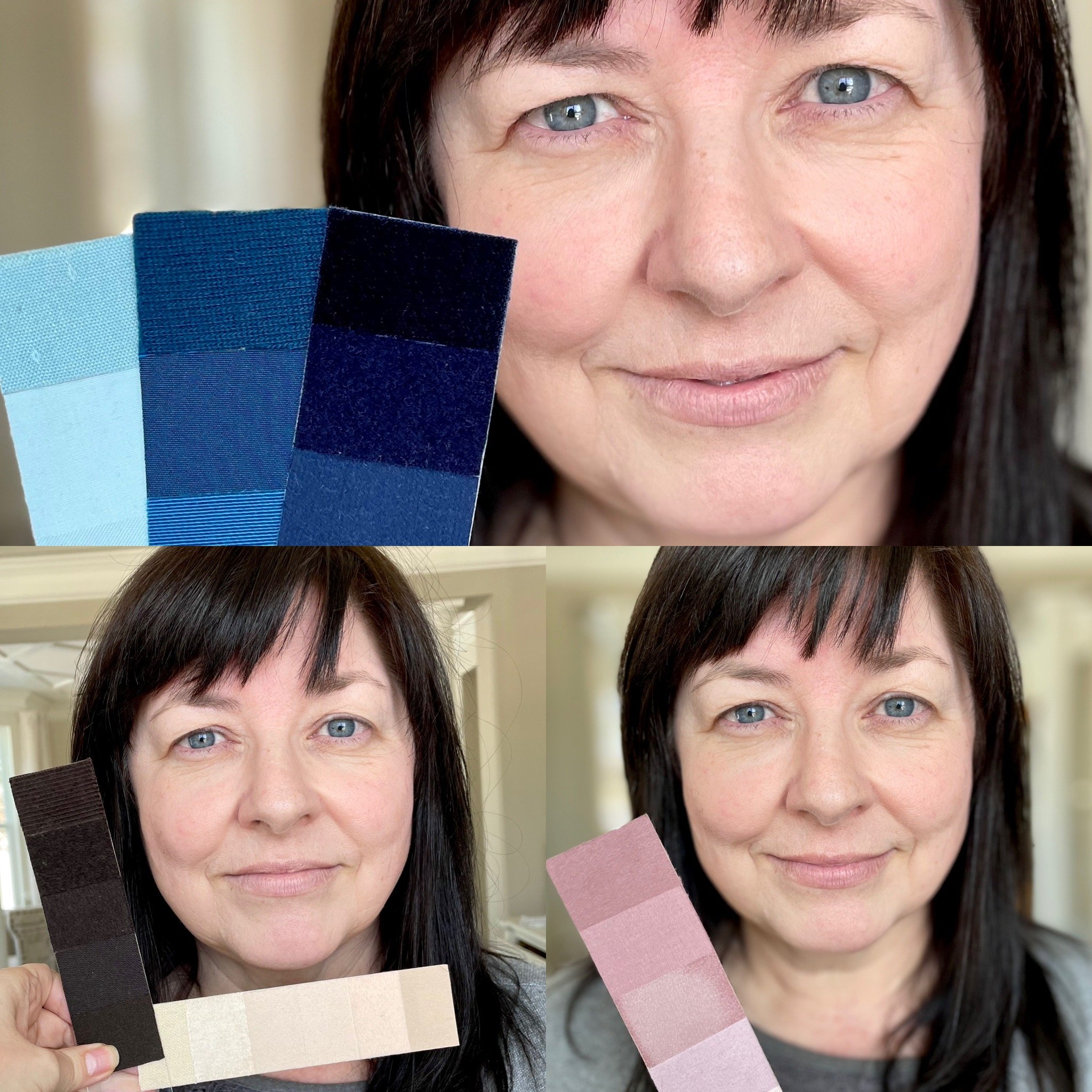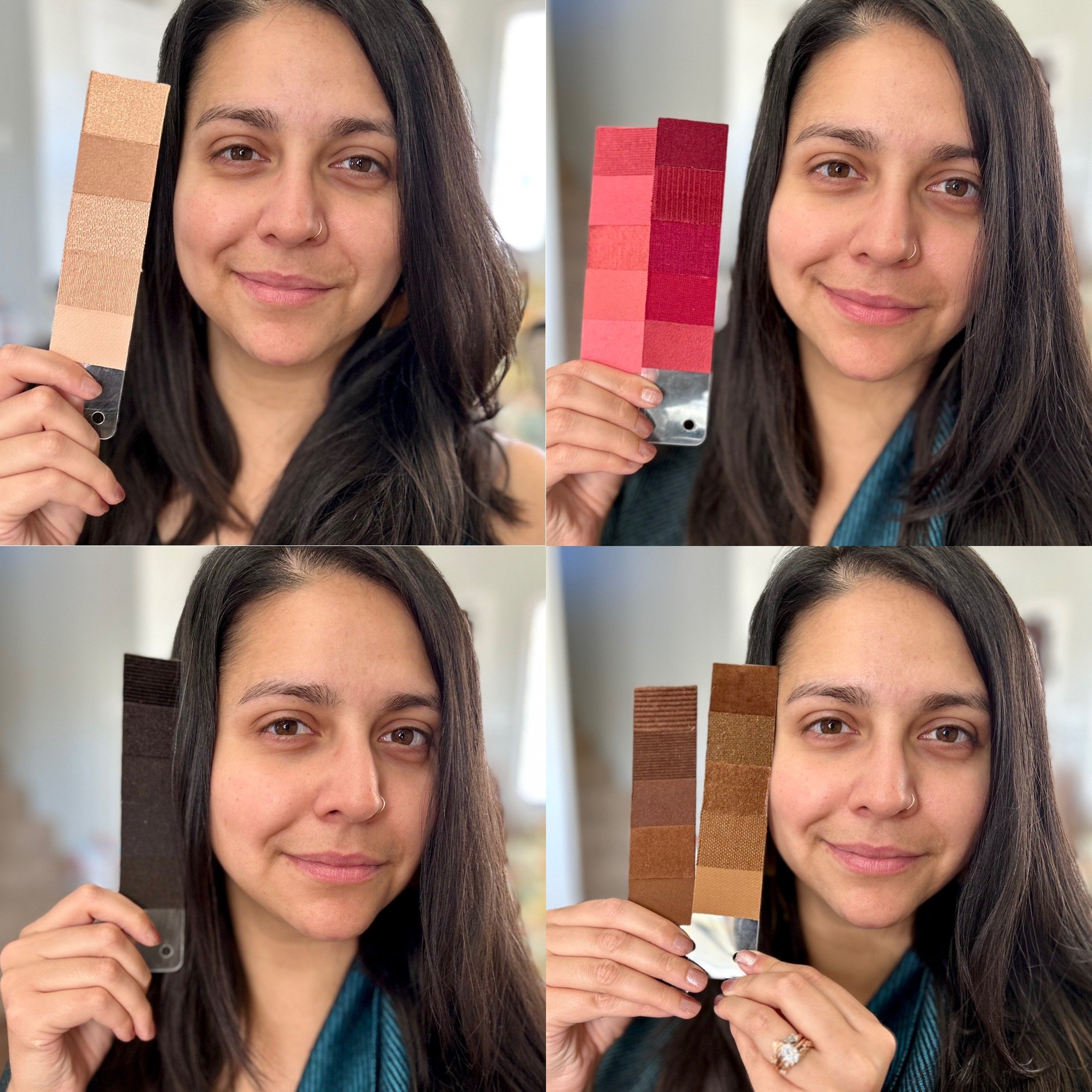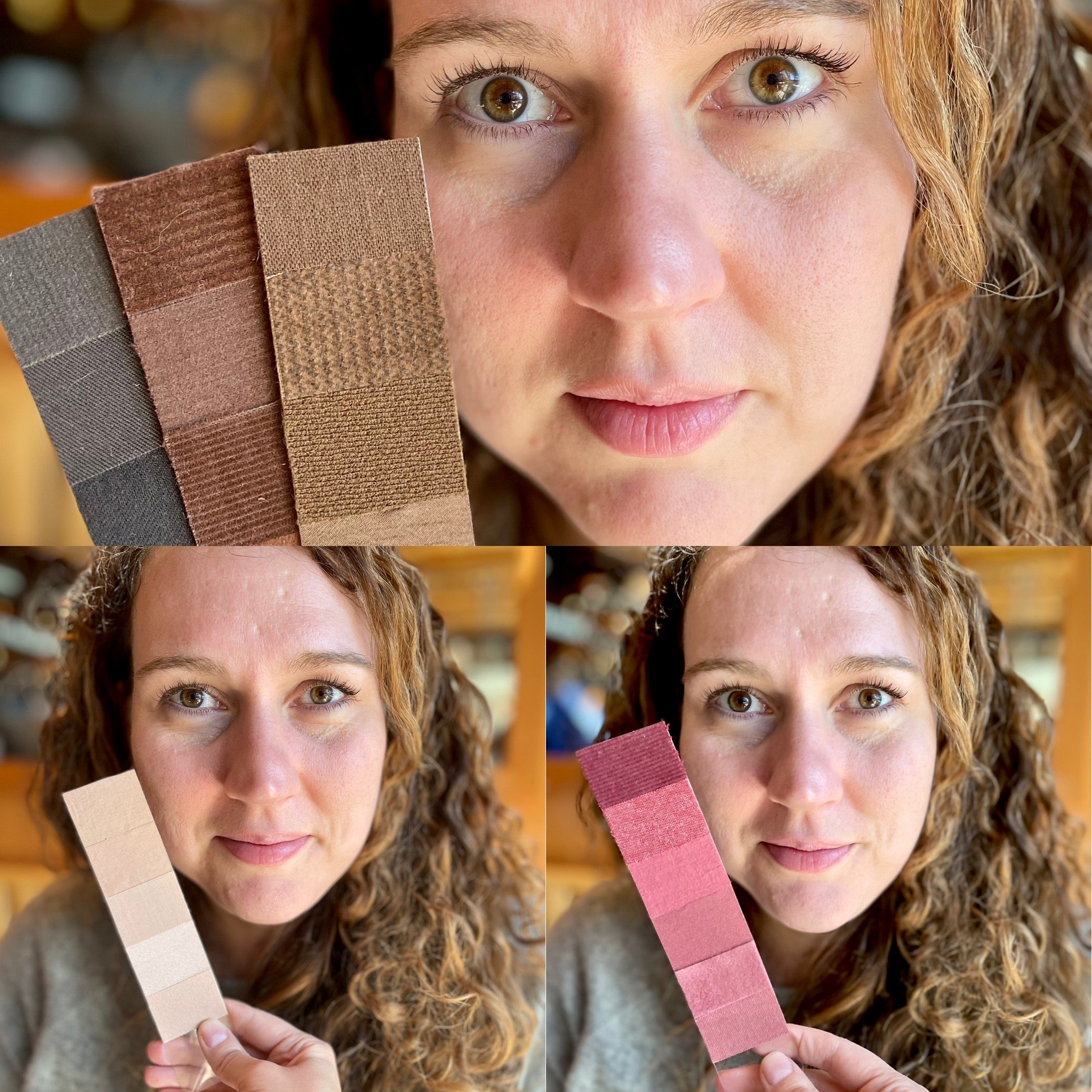How To Choose Your Best Colors
How To Choose Your Best Colors
Heather of Heather N. Co. is a color analyst with over ten years experience and multiple trainings expanding her knowledge base. She has worked individually with hundreds of people to help each discover which colors suit them best. She shared a few of her best tips with us on how to select your best colors.
Have you ever heard of having your colors done? If not, stay tuned and find out how it can change your life. Yes, it really can!
What can knowing your colors help you with? There are several advantages, and each person may have a different reason for wanting to discover their best colors. Here are what I consider to be the top life-changing benefits:
It’s an instant pick-me-up.
Wearing shades that reflect your own coloring have the benefit of naturally enhancing and highlighting your features. You don’t need anything extra; simply throw on a top in your color and the result is immediate.
You’ll find a new confidence and ease in shopping.
Forget being overwhelmed when you walk into a store or go through a sales rack. Knowing your colors helps you shop smarter and feel confident when purchasing investment items, including beautiful wool& pieces.
Your wardrobe becomes a capsule without even trying.
When all of your pieces mix and match based on the harmony of your color palette, there’s no worrying about if colors go with each other. You’ll be able to pull an outfit together or pack a bag in minutes.
While it’s ideal to have professional help with building a color palette, this may not be an option for everyone. Below you’ll find some tips on how you can analyze your own coloring and work to create a base palette for yourself.
First, forget about some of the silly tips you may have seen on the internet, such as determining if your veins are blue or green, or concluding that if you burn easily, you can’t be warm-toned. Similarly, I do not recommend online apps that choose your colors from a single photo (which are notoriously incorrect). These can oversimplify things and get people off track.
Next, you’ll want to take a really good, observational look at your own coloring. Try not to let previous assumptions and negative thoughts or biases get in the way. Follow my tips for doing this below:
Natural light is very important. Turn off any inside lighting.
Stand a few feet away from a window when the sunlight is at its most neutral; typically late morning to early afternoon.
North or South facing windows tend to provide more even light.
Make sure to have a makeup-free face and wear a neutral color. A mid-grey is ideal; avoid wearing white.
Keep your hair down unless it is a color you plan to change in the near future.
Take a photo in this spot to reference later.
To build your base palette, head to a store with paint chips available. Access your photo and begin to match the paint chips to all the colors you see on your face, including your hair. Be sure to pay extra attention to your eyes, as they often include multiple shades.
With the store lighting being less than ideal, grab a range of samples in the shades you’re matching so that you can recheck and narrow them down later. At home, follow the above recommendations again and compare the samples to yourself using a mirror instead of your photo.
In the end, you’ll have created an individualized palette that reflects your natural coloring. Using this, it can help you discover what other shades will also be harmonious.



